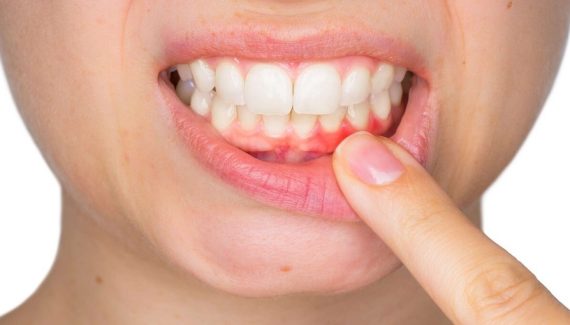According to the latest statistics, more than 10 million people in the United States are currently living with some form of jaw pain or dysfunction. Persistent jaw pain, even in less severe cases, can have a detrimental effect on individuals’ physical and mental health over time.
Jaw dysfunction, or temporomandibular joint disorders (TMJ), can present in several ways, the most common being excessive teeth clenching or grinding, also known as bruxism. Other conditions that can contribute to jaw pain include joint inflammation, arthritis, or damage to discs within the jaw (all of which can be exacerbated by teeth clenching).

Image Credit: rubmassage
Contents
A Comprehensive Guide to Treating Clenching
Fortunately, significant research on the root causes of bruxism and similar conditions has identified several suitable options to help patients become pain-free. Here are a few treatments to help you say goodbye to jaw pain for good:
1. Botox:
For almost immediate relief, set up an appointment with an experienced practitioner who has received formal training to inject Botox. Seattle is just one of the many hotspots for this TMJ treatment, with more and more clinicians recognizing the efficacy of Botox in reducing teeth grinding.
How does it work? When the botulinum toxin is injected into the jaw, it blocks the release of the neurotransmitter acetylcholine, which is responsible for muscle contractions. This forces the jaw muscles to relax and reduces the instances of involuntary clenching, especially during sleep. By reducing the force of the grinding, patients will typically experience marked relief from associated symptoms, such as headaches and tooth pain.
For maximum efficacy, Botox injections should be repeated every three to four months as necessary. The number of units required and number of injection sites will depend on your treatment goals. Speak to your clinician to establish a treatment regime that works for you.
2. Stress Management:
Jaw grinding and clenching is often intensified during periods of high stress and anxiety, so the symptoms of bruxism can often be controlled through targeted stress management. A combination of exercise, meditation, and mindfulness can act as an effective way to reduce anxiety and the production of stress hormones.
If you’re struggling to manage your mental health through these methods alone, a chat with a trained counselor or a referral to a psychologist may be helpful to address any underlying issues.
Once your stress levels are under control, you should notice a decrease in jaw clenching and improved sleep quality.
3. Goldfish Exercises:
To manage jaw pain at home, many TMJ sufferers turn to Goldfish exercises. Goldfish exercises are a series of actions you can perform without medical assistance to realign your jawbone over time and improve joint lubrication. The technique involves placing your tongue on the roof of your mouth and positioning one finger on your temporomandibular joint (just in front of your ear) and another on your chin. Next, drop your lower jaw all the way down before closing your mouth again. Expect some resistance but discontinue the exercise if pain occurs. For maximum benefit, perform the process six times a day with six sets per attempt.
Other promising jaw exercises to reduce TMJ discomfort include mandibular stabilization exercises, cervical retraction chin tucks and side-to-side jaw exercise.
4. Night Guard:
For severe cases of bruxism, where Botox and stress management haven’t adequately quelled symptoms, a night mouth guard or occlusal splint may be prudent. Once your dentist has taken a cast of your mouth, they will be able to construct a custom guard of hard molded plastic that slips easily over your upper teeth during sleep.
Not only will a mouth guard protect your teeth from wear and tear and cracking, but it will also reduce the muscle tension associated with clenching and grinding. As your grinding decreases, so will your headaches and joint pain caused by bruxism. Splints are a reasonably affordable way to treat TMJ, typically costing between $300 – $1000. Once fitted, a good quality dental splint can last from three to five years before it requires replacing.
Through a combination of complementary procedures outlined above, such as Botox and stress management, you can dramatically reduce the impact TMD has on your life. Try the techniques listed to say goodbye to jaw pain in 2023.


